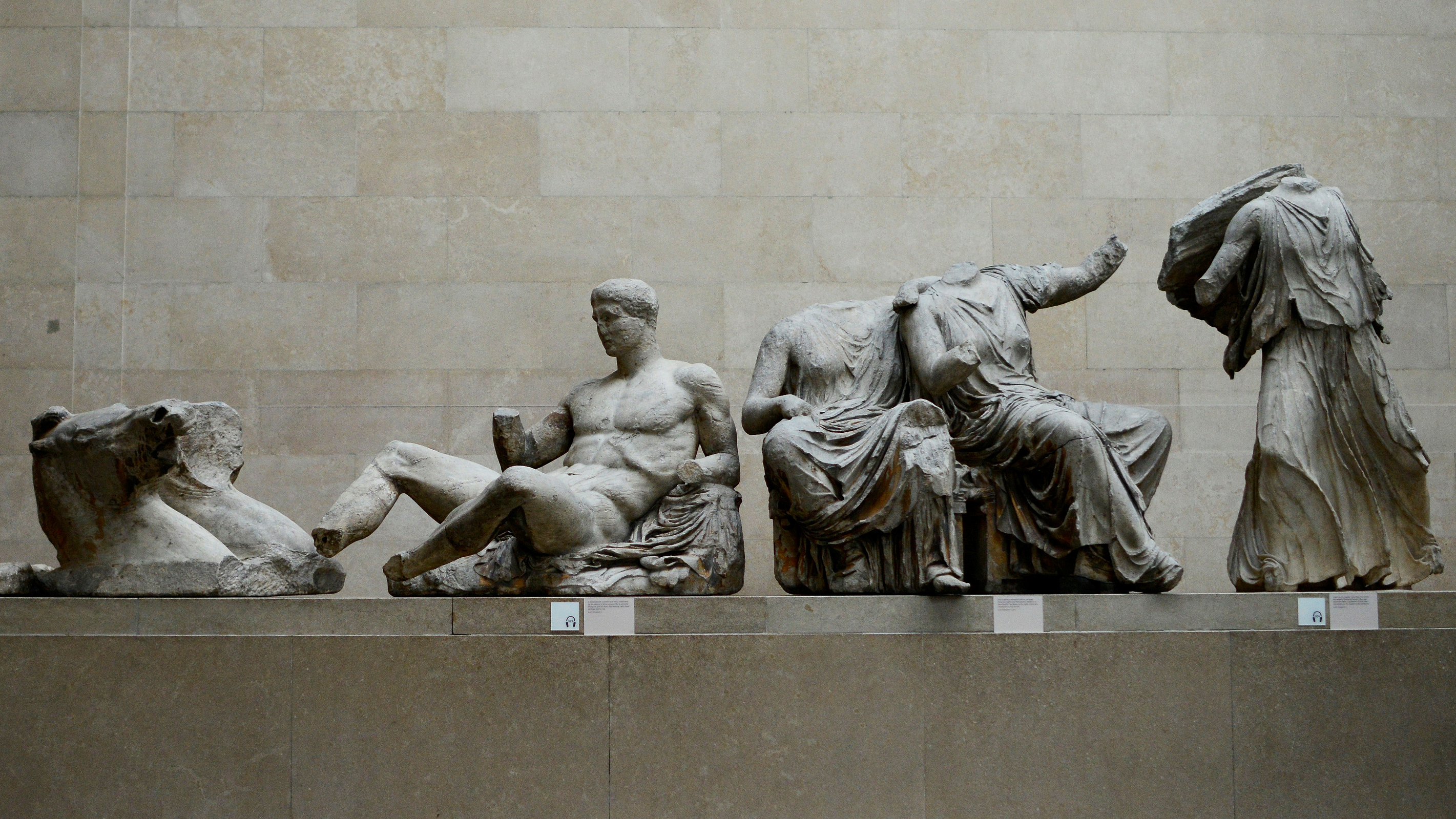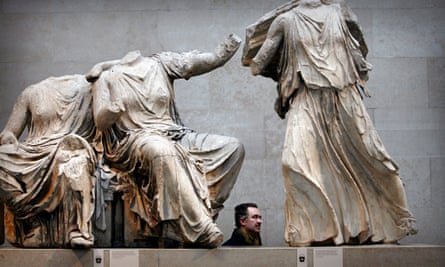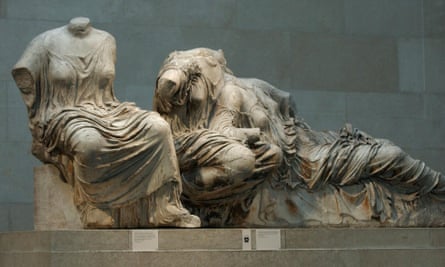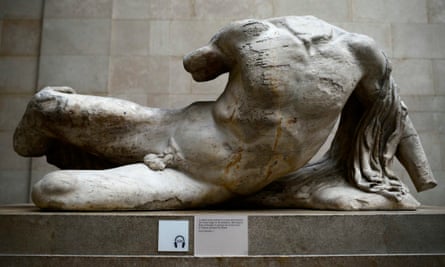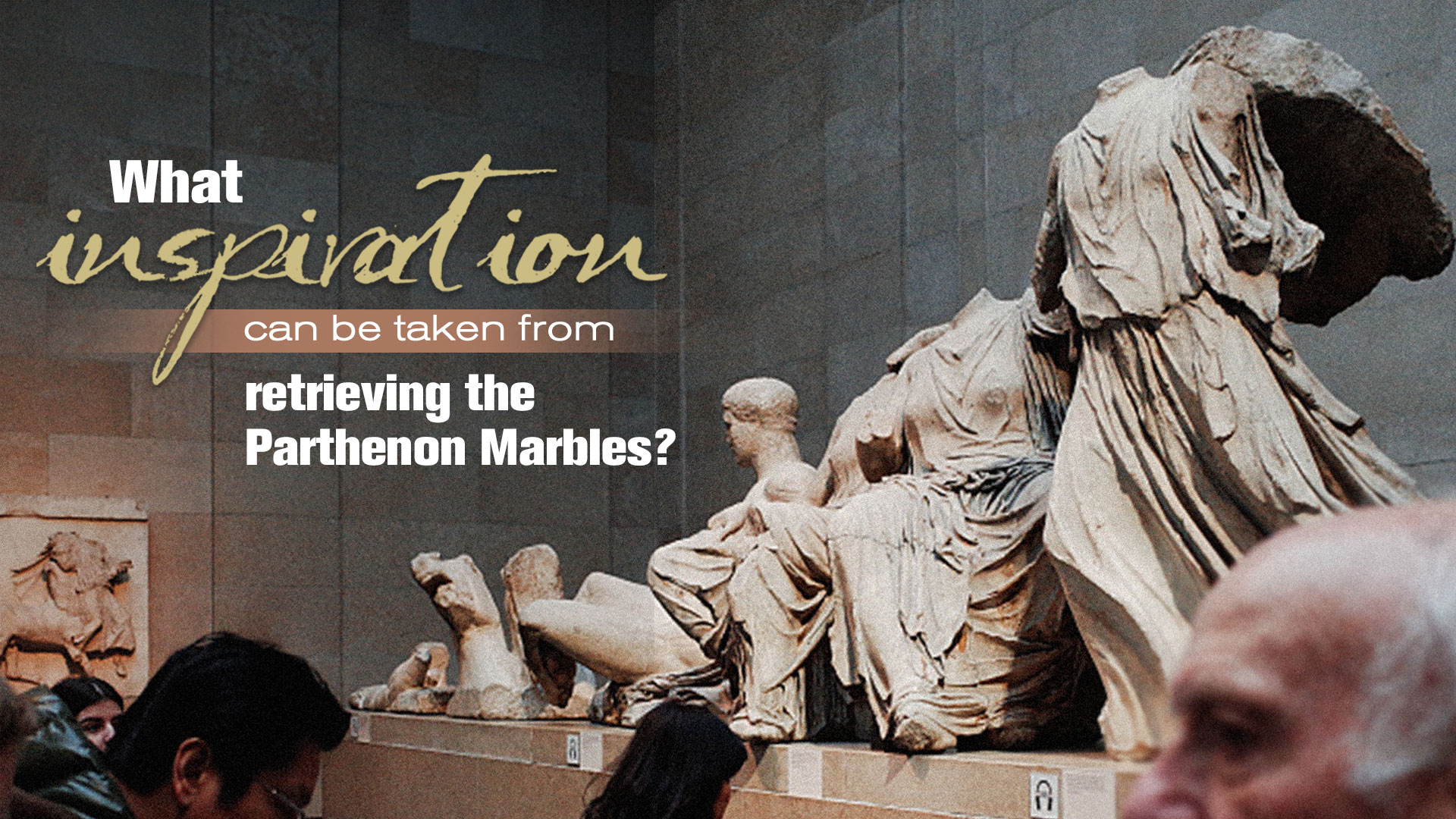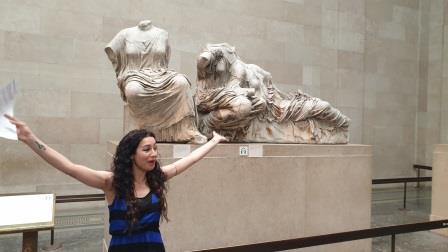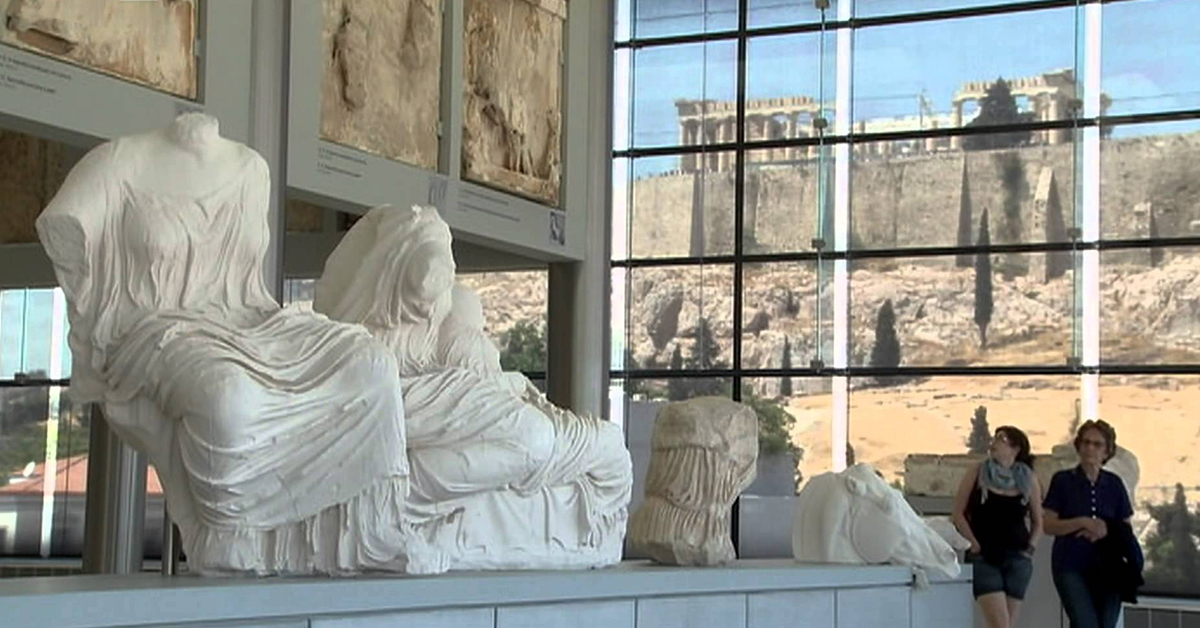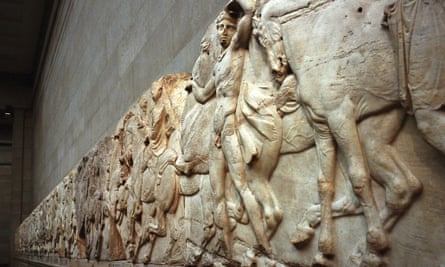γλυπτά του παρθενώνα also known as the elgin marbles ˈ ɛ l ɡ ɪ n are a collection of classical greek marble sculptures made under the supervision of the architect and sculptor phidias and his assistants.
Political significance of the parthenon marbles.
The elgin marbles are a source of controversy between modern britain and greece it s a collection of stone pieces rescued removed from the ruins of the ancient greek parthenon in the nineteenth century and now in demand to be sent back from the british museum to greece.
In many ways the marbles are emblematic of the development of modern ideas of national heritage and global display which.
Elgin marbles collection of ancient greek sculptures and architectural details in the british museum london where they are now called the parthenon sculptures.
The parthenon was the center of religious life in the powerful greek city state of athens the head of the delian league.
The parthenon marbles greek.
You will need to consult encyclopedia articles and various books on this subject to gain a full understanding.
The elgin marbles are a collection of ancient sculptures friezes and other decorative art from the parthenon a.
The parthenon marbles once and still known by some as the elgin marbles have been part of the collections of the british museum since the mid 19th century.
The parthenon frieze by phidias a caryatid and a column from the erechtheum were sold to the british government in 1816 and are now on view in the british museum in a gallery donated by lord duveen.
Built in the 5 century b c it was a symbol of the power wealth and.
Some of the marbles from the parthenon usually housed in their own gallery in the british museum are currently taking a starring role in an exhibition defining beauty at the same.
Britain s lord elgin removed these sculptures from the parthenon over a period of about 10 years in the early 19th century in what many consider to be one of the most egregious.
The objects were removed from the parthenon at athens and from other ancient buildings and shipped to england by arrangement of thomas bruce 7th lord elgin who was british.
They were originally part of the temple of the parthenon and other buildings on the acropolis of athens.

